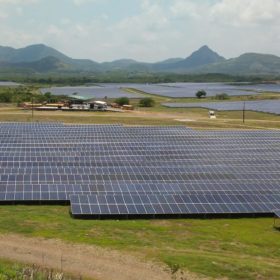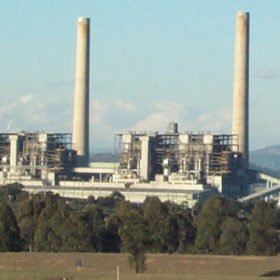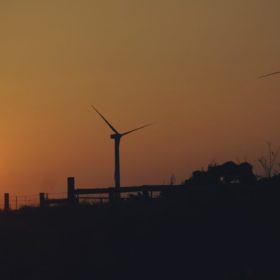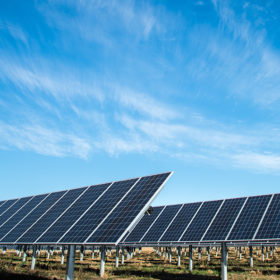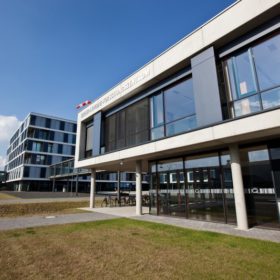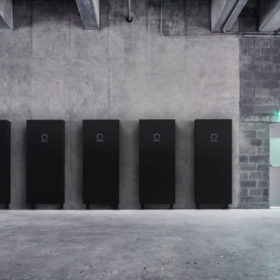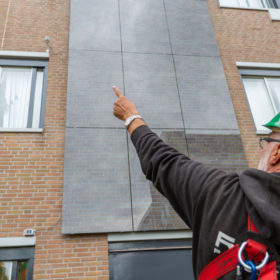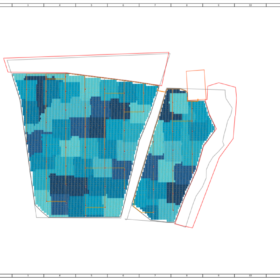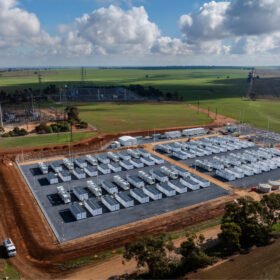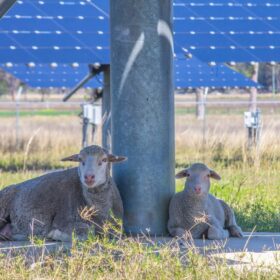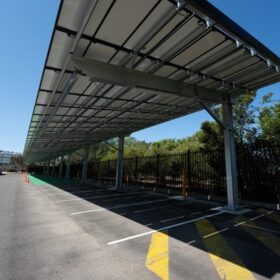World’s largest solar project for on-site consumption
Utility Iberdrola will provide solar power to the Spanish site of Saudi petrochemical company Sabic, which has signed a 25-year power purchase agreement. The electricity will be generated by a €70 million, 100 MW solar park.
A ‘just transition’ just about the only transition worth having
A team of international researchers featuring ANU’s Prof Frank Jotzo has published a study on the ‘just transition’ from coal to renewable sources of energy. The paper looks at comparative examples of transitioning economies, taking account of political realities, and ultimately shows that a ‘just transition’ is just about the only transition worth having.
Iberdrola locks in improved takeover offer for Infigen
Infigen Energy on Friday continued to unanimously recommend a revised offer from Iberdrola to its shareholders, after the Spanish renewable energy giant locked in an $893 million offer.
UNSW research disproves outdated claim that energy transition is an economic hindrance
University of New South Wales researchers have published research disproving claims that the energy transition to large-scale wind and solar would hinder the global economy. The research, which ousts outdated and cherry-picked data while showing the economically salutary effects of renewables, comes as 500 UNSW staff face the axe due to the impact of Covid-19.
Techno-economic analysis of PV-powered golf carts
Danish researchers have shown that adding 250 W solar panels to all of the buggies in a 50-cart fleet is a profitable investment. With an upfront investment of around €75,000, annual benefits of around €15,000 are possible, they claim.
Q Cells commits to three-year, €125m German R&D spend
The Korean company has committed to invest in solar innovation in Germany at a time when the EU and member states are desperately trying to kick-start the Covid-19 recovery.
Hanwha Q-Cells wins patent litigation against JinkoSolar, REC Solar and Longi in Germany
The Düsseldorf Regional Court has agreed Chinese rivals of the Korean manufacturer illegally used its patented passivation technology. The judges granted Hanwha Q-Cells an injunction which requires Jinko, REC and Longi to retrieve all modules featuring the patented technology distributed in Germany since late January last year. Hanwha can also opt to have the offending products destroyed.
New generation of solar batteries from Sonnen
The latest version of the storage system from the German manufacturer can store up to 55 kWh. Sonnen ensures a lifespan of 10,000 charging cycles.
Facade solar panels with ‘mimic design’
Dutch startup Solar Visuals and the Netherlands Organisation for Applied Scientific Research (TNO) have developed new “mimic design” facade modules that reproduce the features of building surfaces. Lenneke Slooff-Hoek, a senior scientist for TNO, told pv magazine that the panels can be made in any size or color at 13% efficiency, adding that they have a partly transparent colored layer made of small dots.
Spanish startup RatedPower, pioneer in the development of software to optimise the design of solar plants
By scanning millions of iterations, pvDesign finds the best plant configuration and automatically generates over 300 pages of detailed documentation in seconds. The Spanish firm has just landed its first Australian client.
